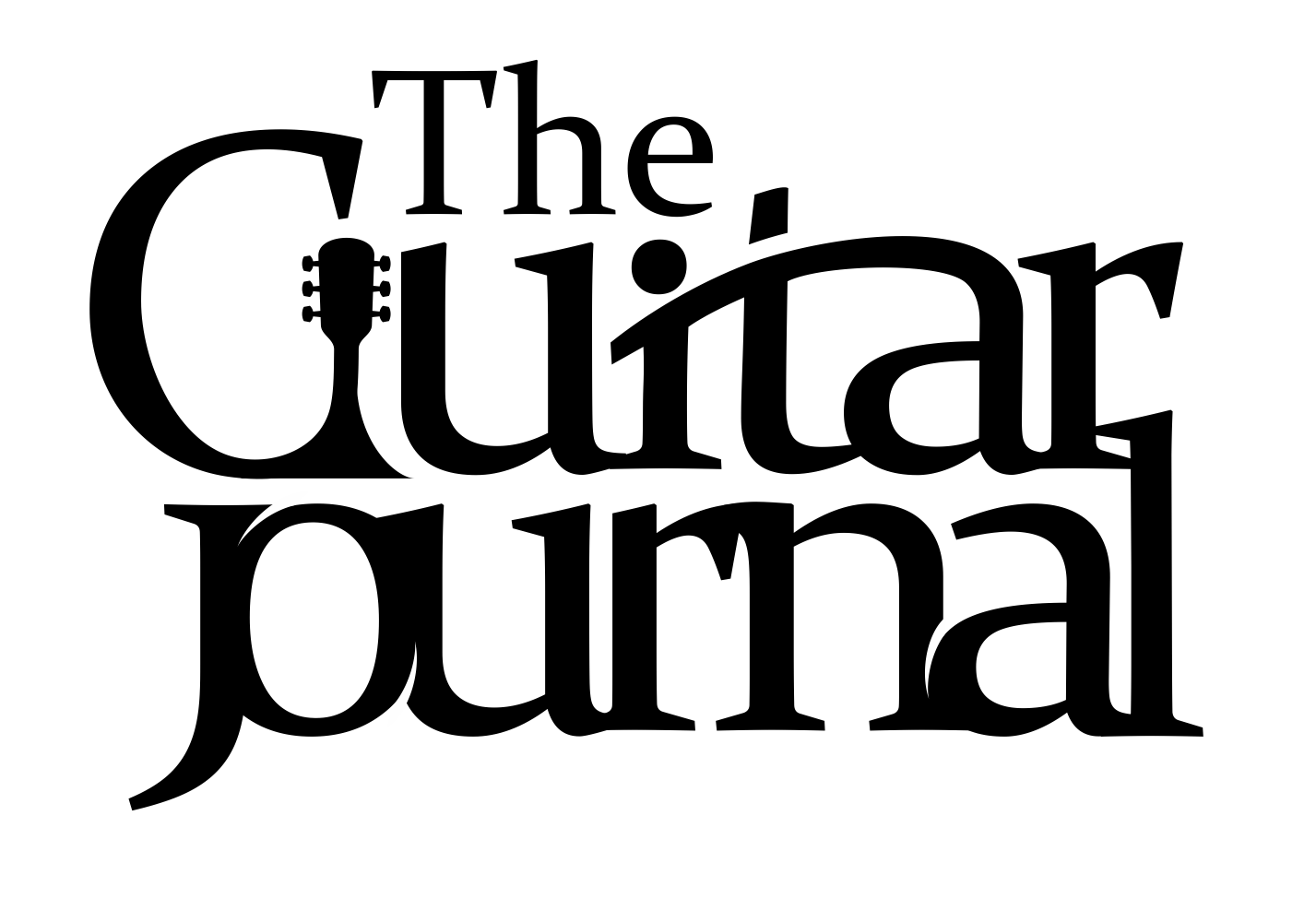Gypsy Jazz Guitar Q & A: Part 1
A series of posts designed to answer common questions about gypsy jazz guitar. From Studygypsyjazz.com’s head tutor, Harry Edwards.
- Gypsy Jazz Guitar Q & A: Part 1
- Gypsy Jazz Guitar Q & A: Part 2
- Gypsy Jazz Guitar Q & A: Part 3
You may also want to start by reading Harry's guest post, "An Introduction to Gypsy Jazz Guitar".
Q1: I’m familiar with Django Reinhardt, but who are some contemporary gypsy jazz guitar players I should check out?
A1: There are a number of great contemporary gypsy jazz guitar players. Many of these players are pushing the genre to new areas both in their playing and original compositions. Check out these guys on YouTube to get you started:
- Stochelo Rosenberg (Netherlands)
- Sebastien Giniaux (France)
- Adrien Moignard (France)
- Gonzalo Bergara (Argentina/U.S.A.)
Q2:What picks are most commonly used for playing gypsy jazz guitar?
A2: This can depend largely on the player and their approach to sound and technique. In my experience, there are two types of pick-builds that seem to be the most popular for achieving a strong gypsy jazz sound, both for rhythm and lead playing.
The first is to opt for a thicker pick, such as a Wegen 3.5mm. Django used picks at least this thick to achieve his sound, and using a thick pick can make the rest-stroke picking that is typical in gypsy jazz easier to execute. Contemporary players such as Tcha Limberger favour picks like this.
The second option, which has become popularised by the virtuoso Bireli Lagrene, is to use a thinner pick, namely a Dunlop 1.5mm or 2mm.
When using thinner picks however, most players opt to use the rounded edge of the pick, and to use this edge at an angle. This allows the pick to make more contact with the string during a stroke, and as such in a way emulates the contact of a thick pick.
Contemporary players who opt for this thinner and more modern pick-choice include Sebastien Giniaux, Adrien Moignard, and Gonzalo Bergara.
If you’d like to learn more about how to use these thinner picks to create a big gypsy jazz sound, please check out the courses at studygypsyjazz.com. Both our current courses begin with an explanation of how to effectively hold and attack with these types of picks.

Q3: What does a typical setlist of gypsy jazz standards look like? How can I balance the set to provide some nice variety for the audience?
A3: When putting together a setlist of gypsy jazz standards for a gig, it is always a good idea to take into account the choice and order of tunes to provide the best experience for your audience.
In gypsy jazz, there is quite a bit if sub-stylistic variety amongst different standards. When putting together a setlist, you can consider the following rhythmic variations when choosing the order of songs:
– Slow swing
– Medium Swing
– Fast Swing
– Ballad
– Bolero
– Gypsy Bossa
– Rhumba
– Waltz
Whilst you don’t need to include a song from each rhythmic category, it is nice to at least have a few that sit outside of straight swing, to provide some variety.
Here are some examples of 40-50 minute sets that take this into account, with a breakdown of the sub-style of each tune:
- Minor Swing (medium swing)
- J’attendrai (slow swing)
- Troublant Bolero (bolero)
- Avalon (fast swing)
- Nuages (ballad)
- Caravan (rhumba / swing)
- Blues en Mineur (slow/medium swing)
- Joseph Joseph (fast swing)
- Dark Eyes (medium/fast swing)
- It Had To Be You (slow/medium swing)
- Montaigne St Genevieve (waltz)
- Danse Norvegienne (ballad)
- Swing Gitan (medium/fast swing)
- For Sephora (bossa)
- What Is This Thing Called Love (medium swing)
- Cherokee (fast swing)
It’s also a good idea to have some extras up your sleeve, so make sure to write out a list of at least five tunes that you could play to extend your performance if need be.
I hope you’ve found that all useful! Please visit Studygypsyjazz.com to explore this style further, and to find free lessons, backing tracks, and premium gypsy jazz courses!

Harry Edwards (Head tutor @ Studygypsyjazz.com)

